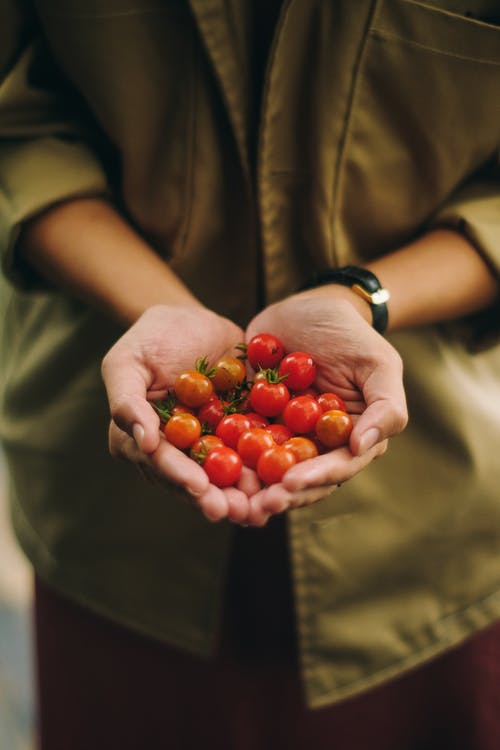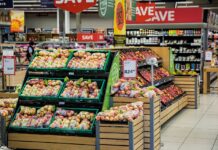
So you want to start a garden but have no idea how to start or think of yourself as not having a “green thumb.” Gardening is easy if you begin with the basics and start with some dependable fruits, vegetables, flowers, and plants.
Location
Depending on where you live, the climate of where you live will help you decide what is best to plant for your garden. If it is extremely dry, certain fruits, vegetables, flowers, and plants, have trouble growing. If it’s too wet, the same rule follows.
Frost Date
The frost date is the date in an area where frost begins and ends in a season. This is the hardest time for plants to grow, so you will want to plant before or after this date. Typically frost dates are from October through April in most areas.
Season of planting
Planting in most parts of the country is best after the last frost. However, each plant will be planted at different parts of the season. For the easiest planting, pick plants that can be planted after the last frost and harvested in the summer. If you are choosing flowers, pick summer flowers or annual flowers.
Start Indoors
You can avoid harsh weather by starting your seedlings inside your home in small containers. Once the seedling has 3-4 leaves, you can transplant it to your outdoor garden.
Soil
You will want to water your plants 1.5 to 2 inches of water a week. Keep it moist but not soaking. You will also want to give it sun based on the plant. Purchase potting soil to start plants before transferring them. Potting soil should be light and fluffy. You can fertilize your plants slowly. When you transfer your plants, make sure to water them and that their soil can hold the root and maintain moisture.
Space
Most plants need to be planted 4-7 inches deep and 8 inches apart or more. Check each plant’s rules for planting.
Protection
Plant your garden on the side of the fence, on the edge of your property line, and out of the way of foot traffic. You can fence it in, so animals and people don’t step in your garden, and you can even cage it in with all types of fencing, so animals don’t eat your plants.
List of Easy Fruits and Vegetables
Keep these fruits and vegetables in a half-day of sun, 2 inches of water a week, and soil with lots of nutrients.
- Broccoli -Plant March-April
- Bell Peppers
- Raspberries
- Cucumbers
- Tomatoes
- Kale
- Lettuce
- Strawberries
- Zucchini
- Squash
- Pumpkins
Easy Plants and Flowers
Many of these flowers can survive a light frost.
- Pansies
- Alyssum
- Dahlias
- Petunia
- Geranium
- Marigold
- Vinca
- Zinnia
- Verbena















